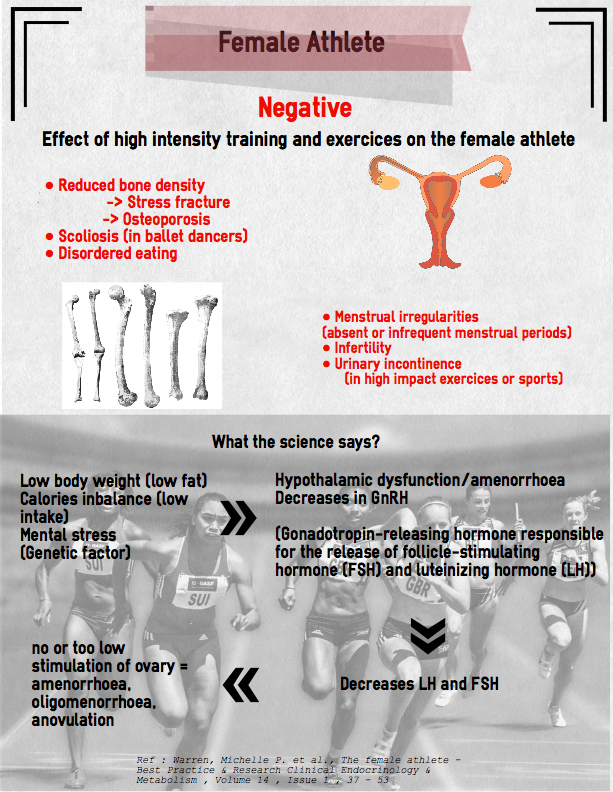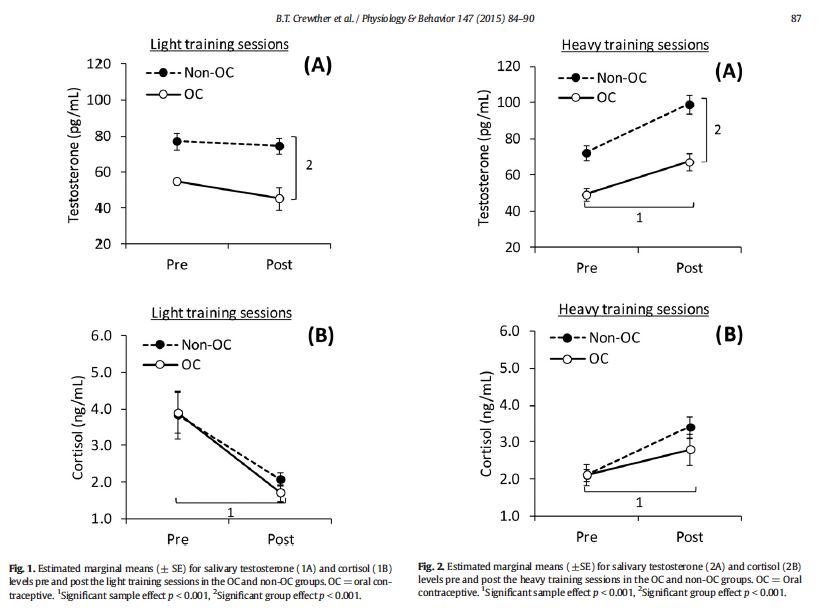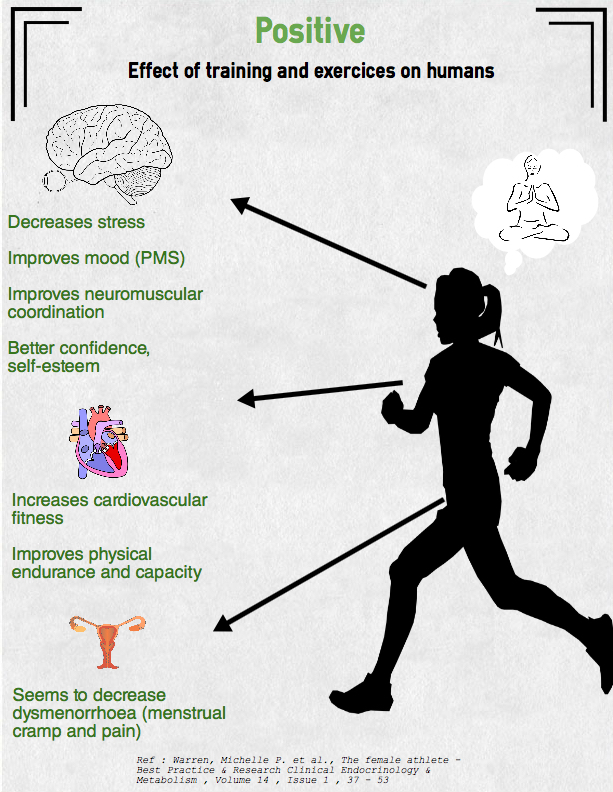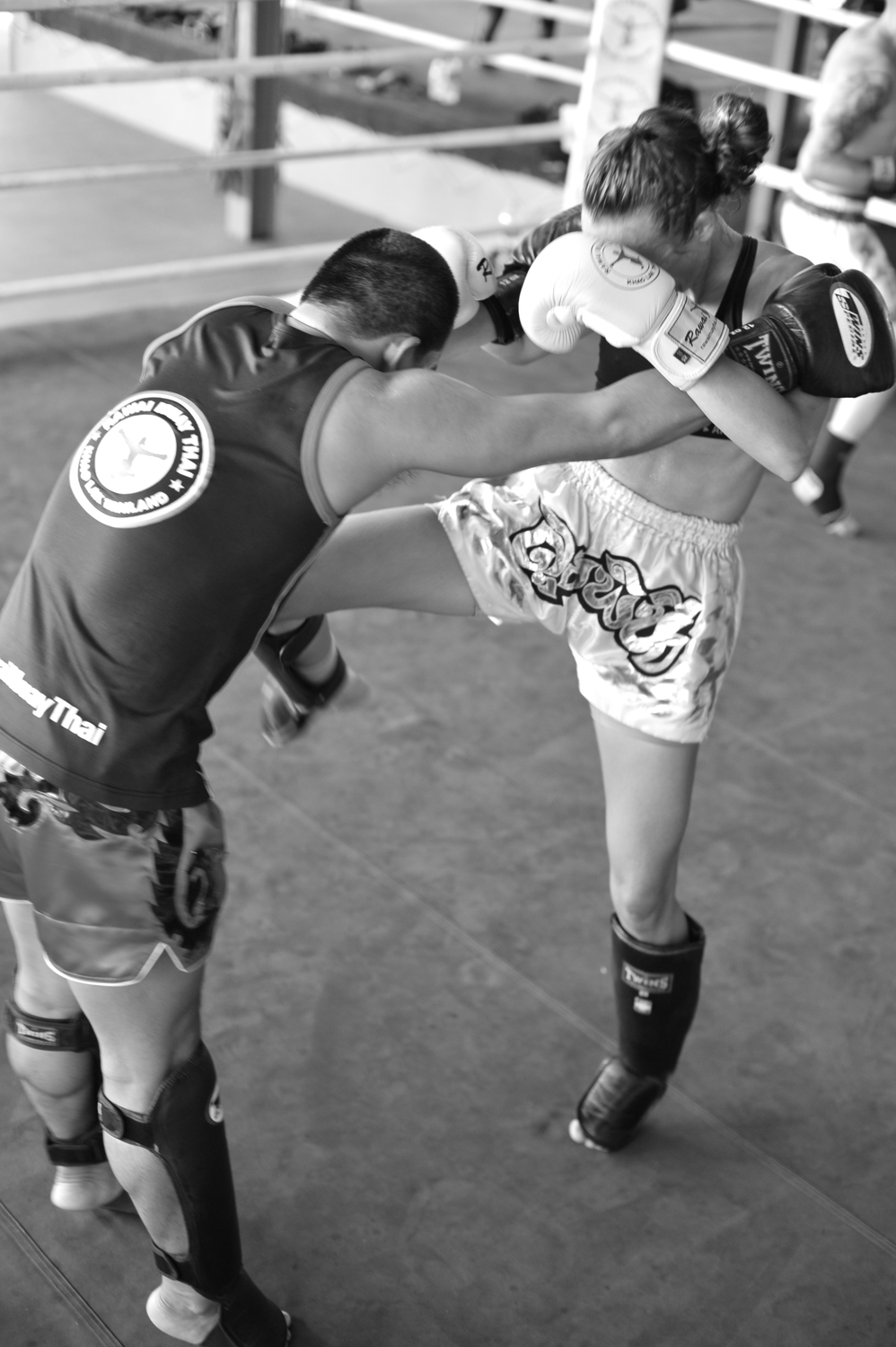It was on June 23rd, 1722, that The London Journal reported :
"Boxing in publick at the Bear Garden is what hath lately obtained very much amongst the men, but till last week we never heard of women being engaged that way, when two of the feminine fender appeared for the first time on the theatre of War at Hockley in the Hole, and maintained the battle with great valour for a long time, to the no small satisfaction of the spectators."
Fast-forward to today, women have been hitting the gym more and more over the past three decades. In fact, over the past ten years, I've seen an astonishing increase in women participating in combat sports. As someone who started training 20 years ago, I'm constantly amazed by the growing number of women joining the ranks.While there's still a lingering sexism in combat sports that needs to be addressed, it's heartening to see women being accepted as equals in their chosen disciplines. However, there's another aspect that's often overlooked: our bodies are different.As a young teenager training in kickboxing, I was frustrated by people asking me how I could handle bigger and stronger men. And I was angry at many men in the gym who treated me differently because I'm a woman. I believed then that men and women have the same capabilities and are created equal. But as I grew older, I realized that we don't have the same bodies.
While I do not know what a male body goes through during training, I know what my female body is going through.
Around my 18th birthday, I decided to stop taking oral contraceptive pills due to health concerns. Since then, my menstrual cycle has been unpredictable. Sometimes I'd go months without menstruating, only to suddenly experience a prolonged period. It was frustrating.
However, over the past year or so, my body has finally settled into a regular cycle – you guessed it –

…. YES! MENSTRUATION !
I was surprise to read that menstrual dysfunction (such as infrequent or lack of menstruation) were not incommun in women athlete. Young athlete with low body weight may have a delayed menarche (first menstruation), breast development and bone developpement (peak bone mass may not be attain and lead to osteopenia, scoliosis, osteoporosis or higher risk of injuries) [3].

The fact that we are «exposed to a constantly shifting kaleidoscope of endogenous sex steroid hormones » [2] together with substantial interand intraindividual variability between us…. there is no conclusive scientific evidence that menstrual cycle impact physical and mental performance in sports. Let me tell you something : it does have an impact. And though admitting this has been tough for me, I’m now happy to be the best version of myself and not the best version (I will never be) of the entire world.It is known that estrogen and progesterone, can influence ventilation, substrate metabolism, and thermoregulation during exercise [5]. Reproductive hormones level between men and women being different, they lead to physiological difference between men and women. And … there is also differences between women athletes taking or not oral contraceptive.Elite women athletes where found to have lower testosterone (T) and cortisol (C) levels all the time (pre, during, and post competition or training) when using oral contraceptive (OC), see Figures from Crewther et al. (2015). Even if changes in theses levels are comparable in both groups [1]. As Crewther et al. (2015) wrote « In terms of practical applications, a reduction in T availability with OC usage could possibly influence explosive performance [6], perceived playing abilities [17], and voluntary training loads [10].

Synthetic steroids used in contraception can also modify various metabolic processors (e.g. lipid and carbohydrate metabolism) [40] and thus, access to energy resources under training and competition stress. »Female athlete have better pulmonary capacity than sedendary women, they still «demonstrate greater expiratory flow limitation, an increased work of breathing, and perhaps greater exercise induced arterial hypoxemia compared to men »due to the influence of the reproductive hormones. [7]Women in sports can suffer from painful stress on the fascial attachments to the pectoralis muscle, breast displament or trauma. [4]
We all know as athlele that peak performance is linked to mental and physical capacities, training and functions.Women and men may be likely to have different responses to physical (and also psychological) stress during training or competition, therefore influencing their performances.

[1] Crewther et al., Effects of oral contraceptive use on the salivary testosterone and cortisol responses to training sessions and competitions in elite women athletes, Physiol. Behav. 147 (2015) 84-90http://dx.doi.org/10.1016/j.physbeh.2015.04.017
[2] Naama W. Constantini, Gab Dubnov and Constance M. Lebrun, The menstrual cycle and sport performance, Clin Sport Med 24 (2005) e51-e82http://dx.doi.org/10.1016/j.csm.2005.01.003
[3] N. W. Constantini, M. P. Warren, Special problems of the female athlete, Baillieres Clin Rheumatol. (1994); 8(1):199-219
[4] Tanva J. Hagen, Sports medicine and the adolescent female, J. Pediatr. Adolesc. Gynecol. (2005) 18:9-15
[5] N. Charkoudian, M.J. Joyner, Physiologic considerations for exercise performance in women, Clin Chest Med 25 (2004) 247–255 253[6] M. Cardinale, M.H. Stone, Is testosterone influencing explosive performance? J.Strength Cond. Res. 20 (2006) 103–107.
[7] Craig A.Harms, Does gender affect pulmonaryfunction and exercise capacity?,Respiratory Physiology & Neurobiology 151 (2006) 124–131
[10] C.J. Cook, M.C. Beaven, Salivary testosterone is related to self-selected training loadin elite female athletes, Physiol. Behav. 116–117 (2013) 8–12, http://dx.doi.org/10.1016/j.physbeh.2013.03.013.
[17] D.A. Edwards, K. Wetzel, D.R. Wyner, Intercollegiate soccer: saliva cortisol and testosteroneare elevated during competition, and testosterone is related to statusand social connectedness with teammates, Physiol. Behav. 87 (2006) 135–143,http://dx.doi.org/10.1016/j.physbeh.2005.09.007.
[40] R. Sitruk-Ware, A. Nath, Metabolic effects of contraceptive steroids, Rev. Endocr.Metab. Disord. 12 (2011) 63–75, http://dx.doi.org/10.1007/s11154-011-9182-4.
